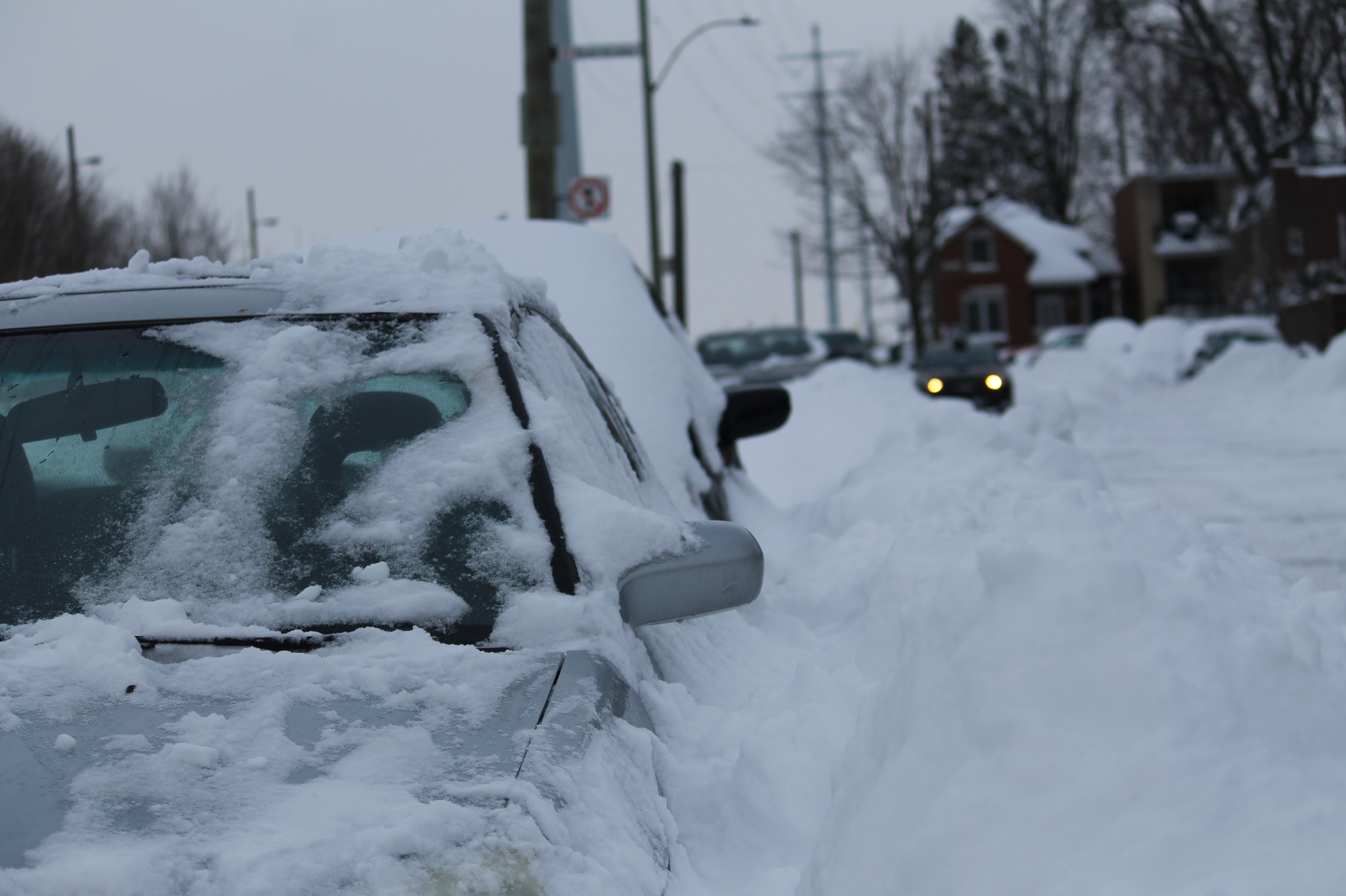Driving on ice and snow or during a winter storm is unpleasant and hazardous, turning it into a stressful ordeal. Ensuring both you and your vehicle are ready for the harshest weather conditions is crucial.
How to Winterize Your Car
Here’s a simple checklist on how to prepare your vehicle for the frigid cold.
- When was your last oil change?
Keeping up with routine maintenance prevents issues with your vehicle during the long winter months.
- Inspect your tires.
Be sure to check the air pressure of all four tires, as low air pressure is extremely dangerous on winter roads. After you check the air pressure, inspect the tread of all tires to make sure they don’t need to be replaced. Consider switching to snow tires if you’ll be navigating through treacherous winter weather conditions.
- Check your battery.
Having a low battery during the winter months is a safety hazard. Your vehicle’s battery lessens in cold temperatures, so it’s necessary to have a professional properly investigate your battery’s health.
- Does your heater work?
Having heat in your car is mandatory for driving long distances in the winter.
- Update gas and antifreeze.
Make sure you always have at least a quarter of a tank of gas and plenty of antifreeze on hand.
Safety Tips for Winter Commutes
If you are unaccustomed to winter weather or have little experience driving through icy and snowy conditions, adhere to these tips for a safer trip:
Tip One - Always wear your seat belt. The most common winter-storm related deaths involve a motor vehicle. We’ve said it before and we’ll say it again, buckle up!
Tip Two - Allocate enough travel time. Commuting on the roads in winter conditions will take a lot longer than normal due to icy roads, harsh snow flurries, slow traffic, and snow plows/salt trucks. Be sure to plan ahead before making the trip out into the tundra.
Tip Three - Remove excess snow and ice. During the winter, vehicles tend to collect ice and snow. Use your handy-dandy ice scraper to clear the windows and swipe off leftover snow. Doing so, will prevent large chunks of snow or ice from flying off and hitting another car.
Tip Four - Be extra cautious and drive slowly. In the winter, it’s okay to drive more slowly, as the roads are dangerously slippery. Make sure you’re on the lookout for black ice, as it blends in with the concrete and can be extremely hazardous.
Pack a Winter Emergency Kit
During winter conditions, anything can happen while driving. To keep you and your loved ones safe on the roads, stock your car with the following:
- Flashlight
- Blankets
- Extra batteries
- Radio
- Ice scraper
- Shovel
- Jumper Cables
- Tire Chains
- Rock Salt or Sand for Melting Ice
- Reflectors
- Road Map
- Emergency Flares
- Extra Hats and Gloves
- Cell Phone Charger
Whether you're making your way through a winter storm, trapped in a snowbank, or traveling on icy roads, it's essential to keep your car well-equipped for a safer journey.
If you or someone you know has been injured in an accident during winter conditions, reach out to Bart Durham Injury Law immediately. We're ready to assist you!



